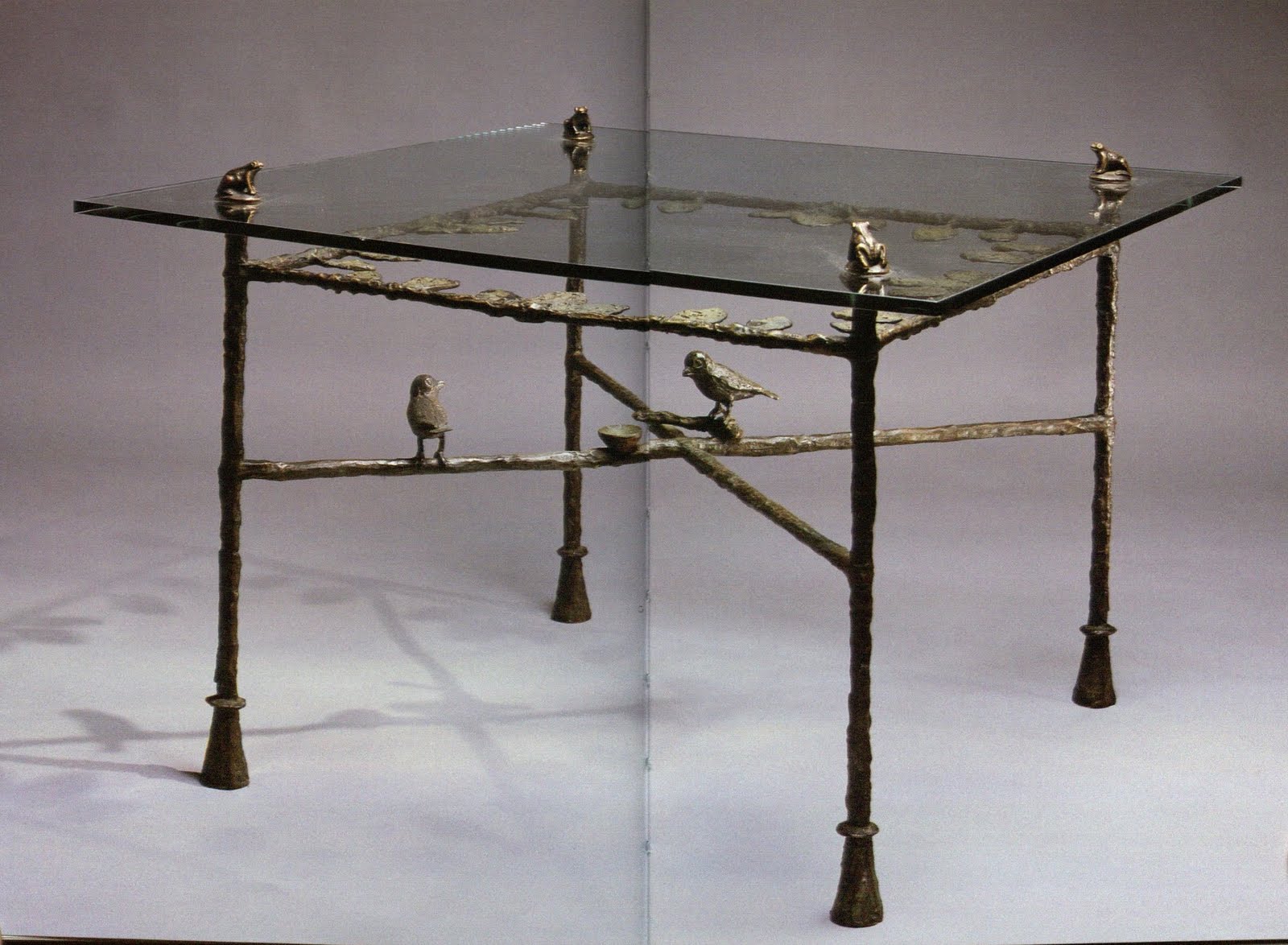The Architecture of Happiness
— BY LAUREN TREND
Every year I reread Alain De Botton's, The Architecture of Happiness. Somehow it always seems to find its way back into my hands during the Winter months. Perhaps because it is at this time that I feel closest to my own walls, my own home. Reading it reminds me of so much, especially about myself; how I choose to interact with space (or don't), how each year when I pick up these pages some opinions I've crafted about design/buildings/wellbeing/etc remain the same and others shift. It reminds me of the ever expanding intrigue of the human mind, and to appreciate the simplest of things - the roof over my head, the curve on the arm of a chair, the cracks in the wood. You'll forever find this book on the SP bookshelf because I will never not recommend it to anyone, especially those with a career in, or penchant for design.
Below are but a few of my favourite excerpts from this remarkable read. Enjoy x
***
“Our homes do not have to offer us permanent occupancy or store our clothes to merit the name. To speak of home in relation to a building is simply to recognise its harmony with our own prized internal song. Home can be an airport or a library, a garden or a motorway diner.”
“We depend on our surroundings obliquely to embody the moods and ideas we respect and then to remind us of them. We look to our buildings to hold us, like a kind of psychological mould, to a helpful vision of ourselves. We arrange around us material forms which communicate to us what we need — but are at constant risk of forgetting what we need — within. We turn to wallpaper, benches, paintings and streets to staunch the disappearance of our true selves.”
“While mourning the number of missed opportunities, we have no reason to abandon a belief in the ever-present possibility of moulding circumstances for the better.”
“While a common reaction to seeing a thing of beauty is to want to buy it, our real desire may be not so much to own what we find beautiful as to lay permanent claim to the inner qualities it embodies. Owning such an object may help us realise our ambition of absorbing the virtues to which it alludes, but we ought not to presume that those virtues will automatically or effortlessly begin to rub off on us through tenure. Endeavouring to purchase something we think beautiful may in fact be the most unimaginative way of dealing with the longing it excites in us, just as trying to sleep with someone may be the bluntest response to a feeling of love. What we seek, at the deepest level, is inwardly to resemble, rather than physically possess, the objects and places that touch us through their beauty.”
“Taking architecture seriously therefore makes some singular strenuous demands upon us. It requires that we open ourselves to the idea that we are affected by our surroundings even when they are made of vinyl and would be expensive and time-consuming to ameliorate. It means conceding that we are inconveniently vulnerable to the color of our wallpaper and that our sense of purpose may be derailed by an unfortunate bedspread. At the same time, it means acknowledging that buildings are able to solve no more than a fraction of our dissatisfactions or prevent evil from unfolding under their watch."
Architecture, even at its most accomplished, will only ever constitute a small, and imperfect (expensive, prone to destruction, and morally unreliable), protest against the state of things. More awkwardly still, architecture asks us to imagine that happiness might often have an unostentatious, unheroic character to it, that it might be found in a run of old floorboards or in a wash of morning light over a plaster wall—in undramatic, frangible scenes of beauty that move us because we are aware of the darker backdrop against which they are set.”
“Beneath the pleasure generated by the juxtaposition of order and complexity, we can identify the subsidiary architectural virtue of balance. Beauty is a likely outcome whenever architects skilfully mediate between any number of oppositions, including the old and the new, the natural and the man-made, the luxurious and the modest, and the masculine and the feminine.”
“Analogising architecture with ethics helps us to discern that there is unlikely ever to be a single source of beauty in a building, just as no one quality can ever underpin excellence in a person.”
08 - 07 - 18
